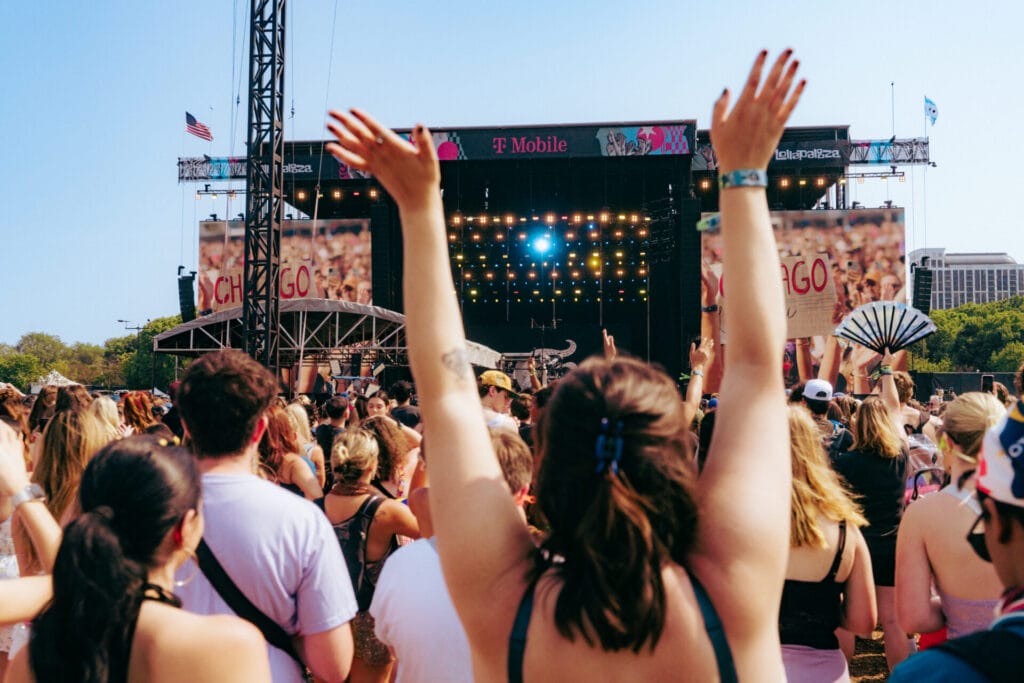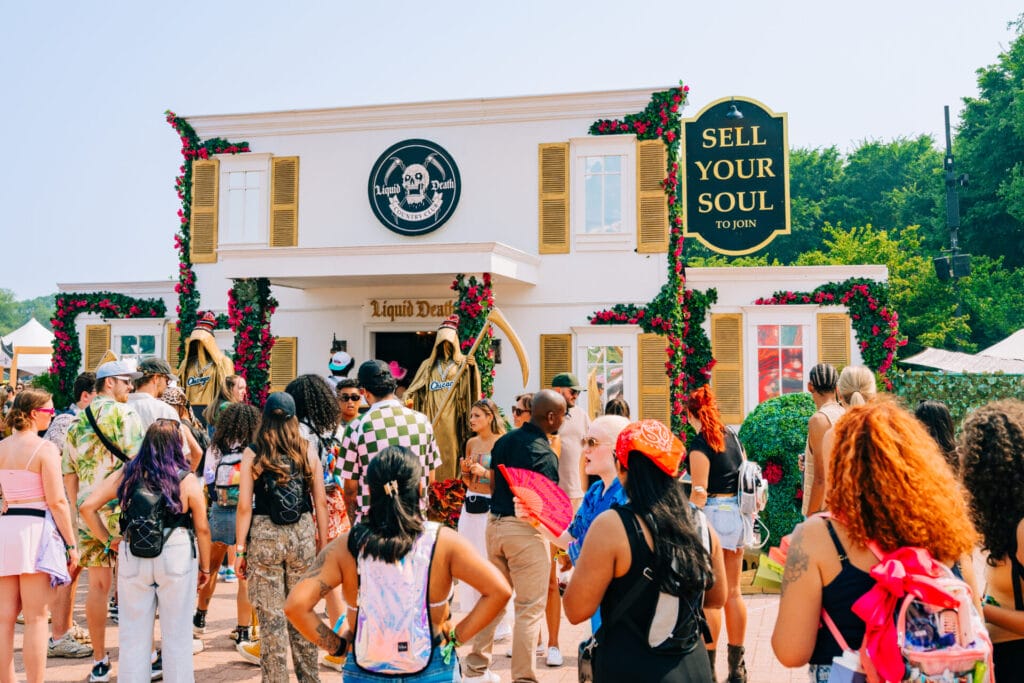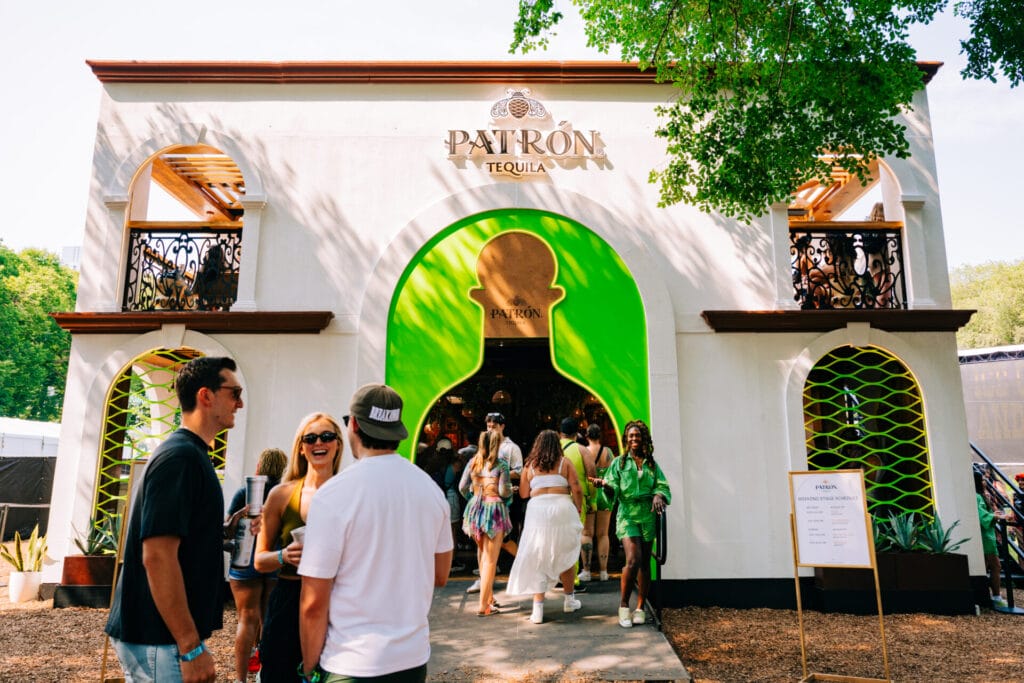How Cisco Turned B2B Marketing Into a Front-Row Experience
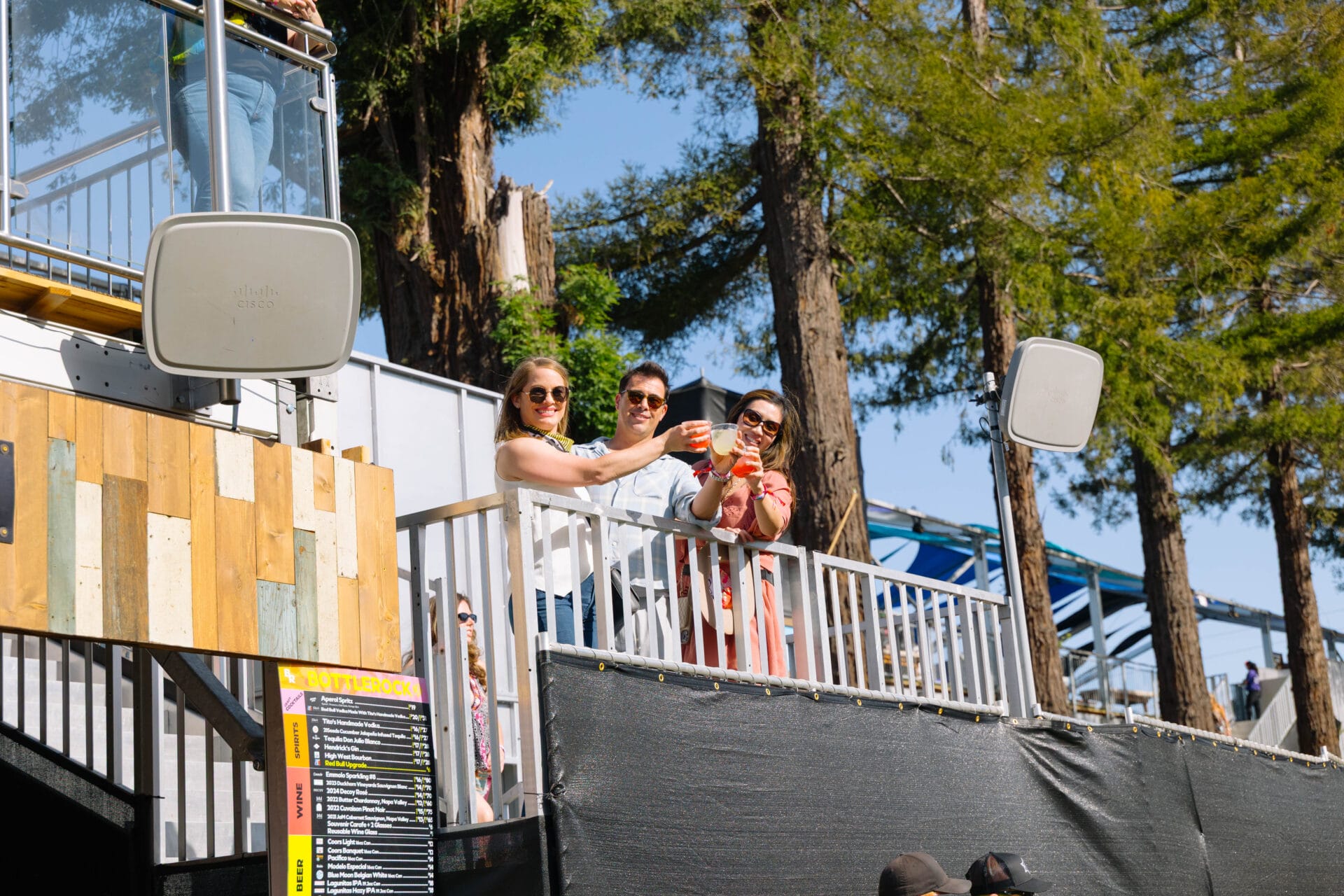
Today’s B2B decision makers are less interested in boardrooms and more interested in backstage.
They’re younger, more diverse, more passionate about music than sports, and spend more time on social than on TV. They want to work with brands that get them, and they’re choosing experiences over everything.
More and more, B2B brands are finding their place in live. Live Nation’s Global Fan Insights study shows that 85% of business decision‑makers are more likely to build meaningful connections at a concert than in a traditional meeting. Brands like Cisco use live music to build trust, spark real connections, and transform hospitality into something unforgettable. It’s not a backdrop anymore, it’s a strategy.
In this Q&A, Live Nation’s Global President Russell Wallach sits down with Bryan Jones, SVP of Global Field and Customer Marketing at Cisco, to talk about why B2B looks a lot more like B2C, and why the most valuable conversations are happening stage left.

In this Q&A, Live Nation’s Global President Russell Wallach sits down with Bryan Jones, SVP of Global Field and Customer Marketing at Cisco, to talk about that evolution. From using live music to reach new and emerging decision‑makers, to making sure networks stay secure and seamless when it matters most, Bryan is helping Cisco redefine what it means for a brand to be both essential and invisible — powering culture without interrupting it.
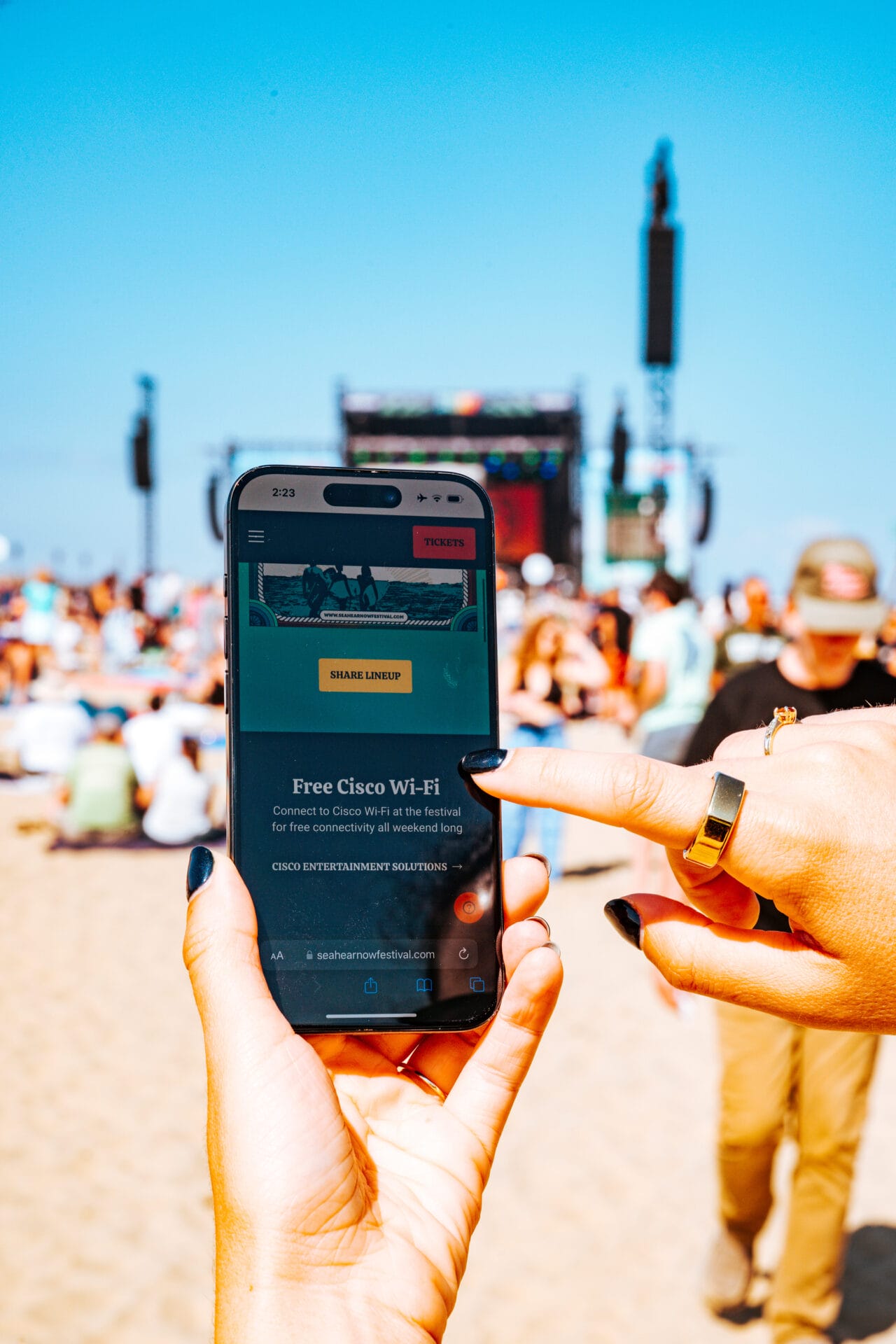
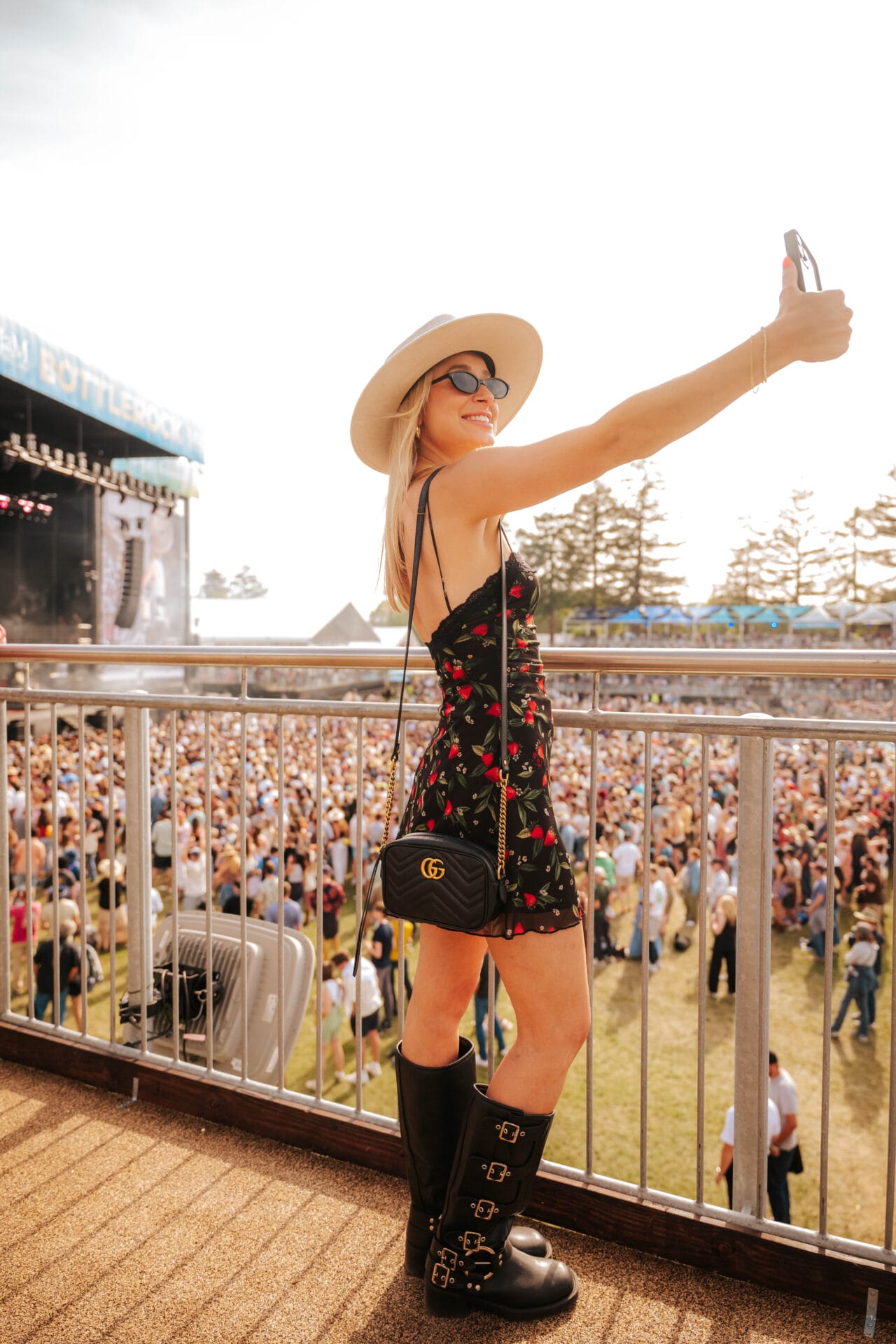
Russell Wallach (RW): Bryan, Cisco has been a close partner of Live Nation for nearly a decade, and you’ve been a pioneer in bringing innovative technology to live music. How has that partnership shaped Cisco’s approach to connecting with today’s business decision makers?
Bryan Jones (BJ): We’ve always understood the importance of creating personal relationships with our customers. We know that they trust us not only because our technology is the best in the world, but because we have established a highly meaningful connection with them. And while some of that happens in a conference room, it also happens out in the world.
It’s so important to us to be able to show our customers how our technology operates in dynamic and unique environments – whether that is a music festival, an NFL stadium or a Formula 1 Grand Prix. Our partnership with Live Nation is an incredible proof point to showcase why leading organizations trust Cisco and how our technology delivers across dynamic global environments to help achieve meaningful results. If we can do that for Live Nation, it’s easy for these customers to see how our technology can help their own businesses.
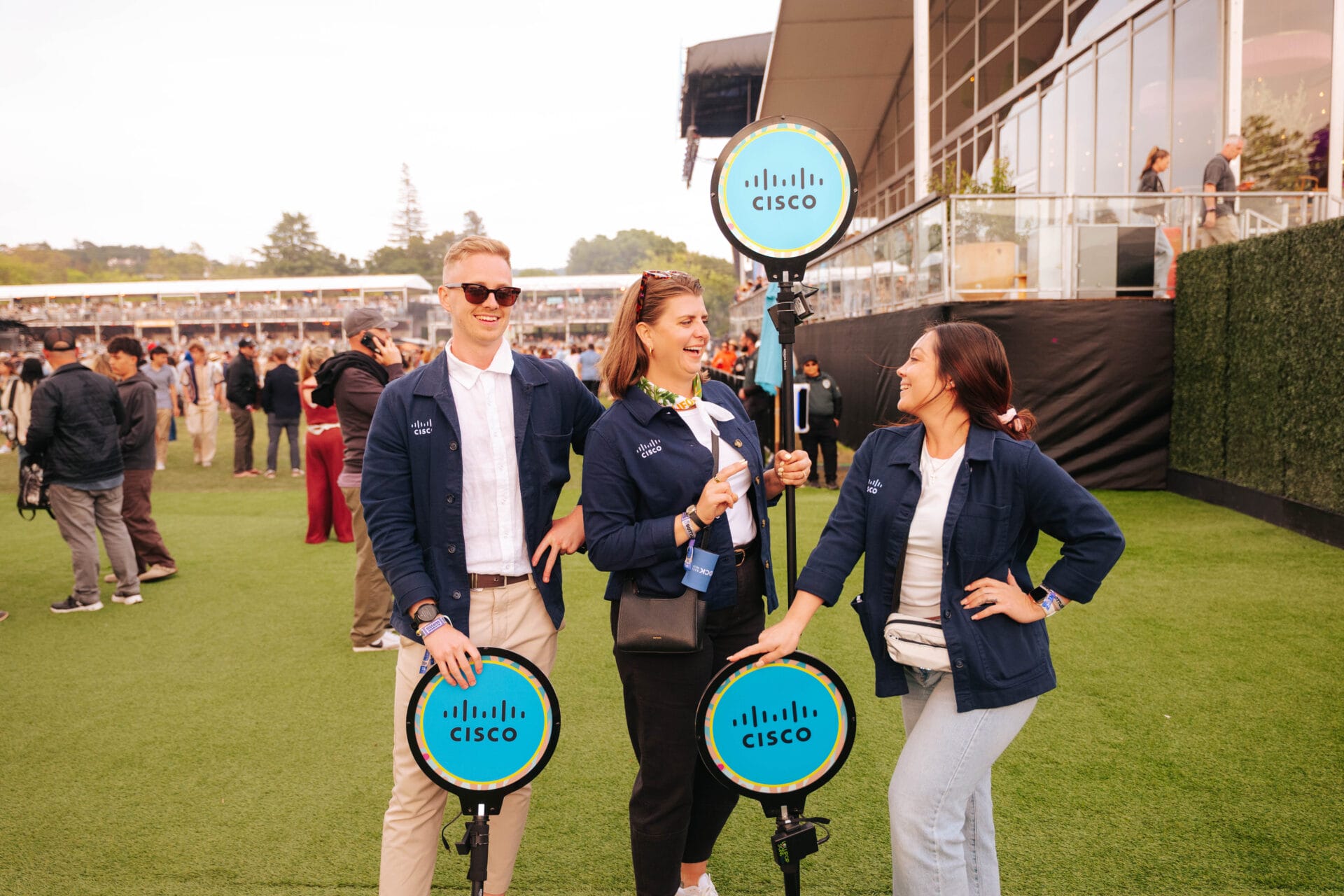
RW: Live events demand technology that’s seamless, reliable, and often invisible but absolutely essential. How does Cisco ensure fans stay connected and that everything from entry to payment to real-time collaboration runs smoothly across venues and festivals?
BJ: It’s amazing to see how far we’ve come in nearly a decade of partnership with Live Nation. When we started together back in 2016, we were focused on putting Wi-Fi in venues across the US, because that wasn’t yet standard practice across live music venues. Establishing reliable connectivity at festivals like BottleRock Napa Valley was really ground-breaking and complex work that formed a strong foundation of success. We’ve seen incredible advancements from the nascent connectivity of a decade ago to this year pioneering the latest generation of wireless technology with Wi-Fi 7 at BottleRock a few weeks ago.
And it’s not just about connectivity – it’s about buying into the power of a unified technology approach that prioritizes not only reliable connectivity, but also digital resilience. When you have visibility into the entire digital environment, you can pinpoint potential issues before they arise, minimizing disruptions for fans and venue or festival operators, which is of paramount importance in a live event situation.
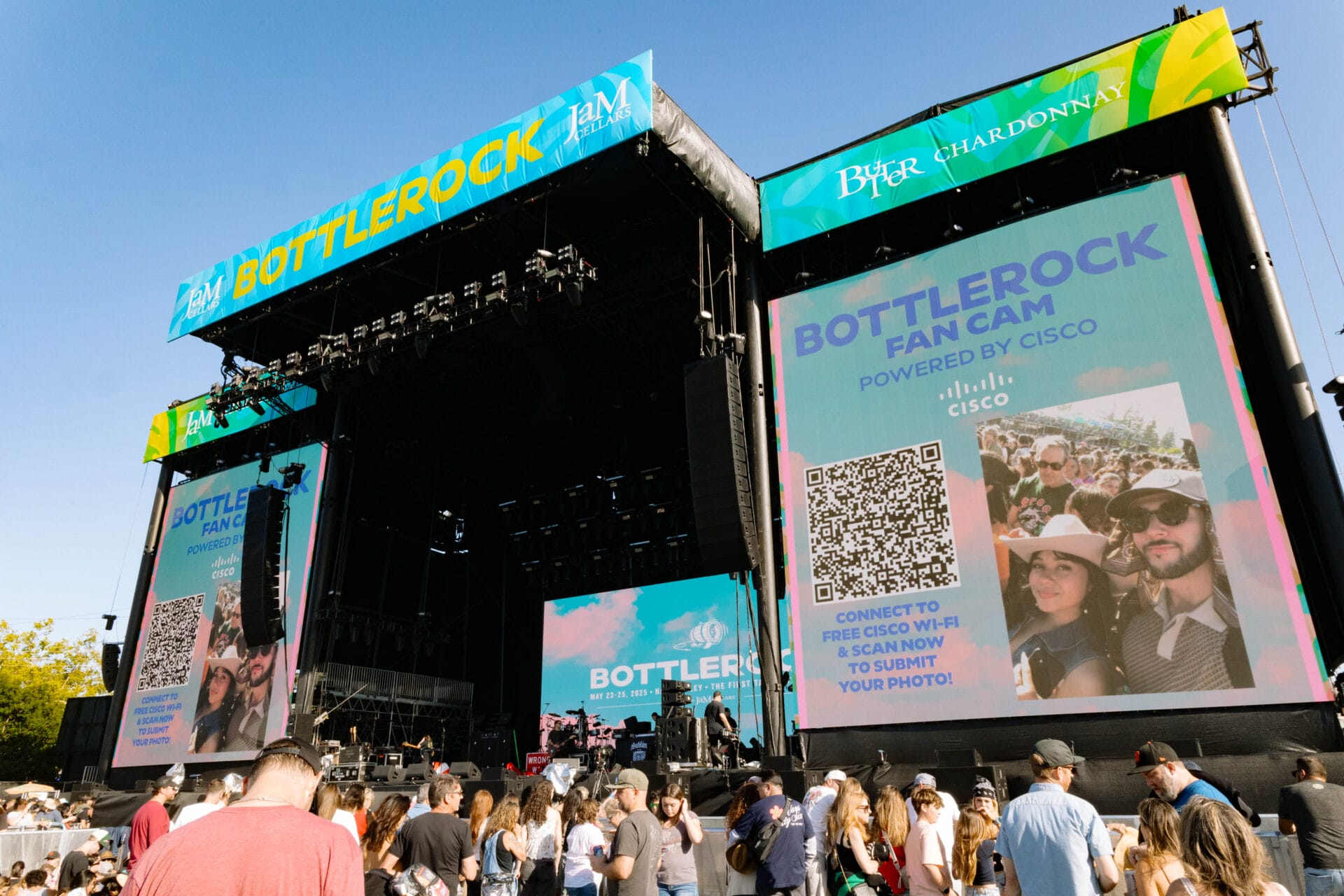
RW: Some of the smartest marketing moves today are happening in B2B, and Cisco is leading that change. With today’s decision makers younger, more diverse, and deeply connected to culture, how has that shaped Cisco’s marketing strategy?
BJ: I think what we’re seeing and experiencing in the marketing world is a blurring of the lines between what is considered B2C and B2B. While B2C is often at the forefront of what you see from a marketing perspective, the B2B environment is often larger in reality. And I think we’ve come a really long way in how we approach our target demographic because of that.
We’re approaching B2B conversations much like a traditional B2C play – meeting our customers where their passions are. We recognize the importance of showcasing our technology on these dynamic stages and creating relatable moments and parallels for our customers. Showing them how technology is woven throughout their favorite experiences – whether that be a concert, music festival, or sporting event, is an incredibly powerful proof point for us.
